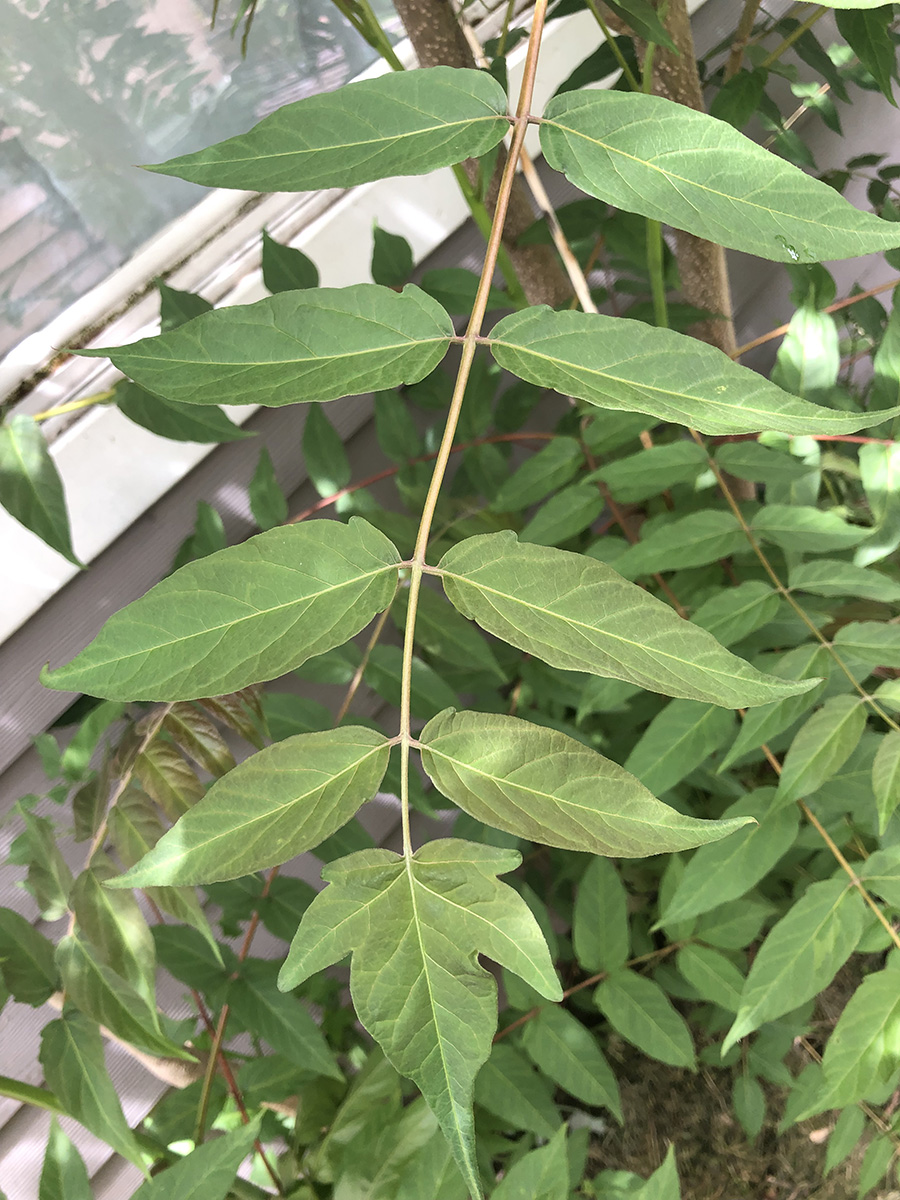
By Melissa Wagoner
When it comes to keeping invasive pests from spreading, Beth Myers-Shenai – a specialist in Noxious Weed Control for the Oregon Department of Agriculture (ODA) – knows observation is key. So, when it came time to design a method for keeping the incredibly invasive spotted lanternfly, a destructive insect currently spreading throughout the East Coast, out of Oregon, she decided to utilize a new and growing trend – citizen science.
“Citizen science is tapping into all the people that come out and love the outdoors,” Myers-Shenai said, describing how popular plant identification apps like iNaturalist enable researchers to harness the power of outdoors enthusiasts to aid in the collection of data.
“In the past we’ve been divided about the scientific community and the public,” Myers-Shenai said. “But now we can vet them in a more concrete way.”
That’s because apps allow users to crowdsource plant identifications, record the data and upload it to one comprehensive database.
“It’s an almost Wikipedia-style kind of regulation,” Myers-Shenai said. “I love the way the naturalist community dives in to help other naturalists verify.”
But it’s not the spotted lanternfly itself that Myers-Shenai has her citizen scientists tracking, it’s the insect’s favorite food, another invasive species – the tree of heaven.
“Since we have the benefit of this invasive, this could tip the balance,” Myers-Shenai said, noting that the first step, to map all of the areas where the species is currently thriving, is already underway.
“We’ve had 686 observations since mid-May,” she said. “It’s been wonderful.”
This map will provide researchers with information about where the tree is found in greatest concentrations and where its removal would be most beneficial.
“We’ll know, where are the clusters near economic crops or ecologically significant trees?” Myers-Shenai pointed out.
Which is an important piece of knowledge because the spotted lanternfly – whose food source is the sap of trees, grape vines and even hops – can cause immense economic damage if left unchecked.
“That’s what they’re seeing in the East,” Myers-Shenai confirmed.
She is urging anyone with a mature tree of heaven or its seedlings to consider their removal.
“It’s not just the ecological impact of the trees crowding out native trees, they have the potential of harboring these insects,” Myers-Shenai pointed out.
For those who would like to join the tree of heaven mapping project, it’s easy.
“Go to the website, iNaturalist, get an account and search for ‘Oregon tree of heaven tally’ and join,” Myers-Shenai said. “It’s a really positive project.”
ODA Tree of Heaven Tally
• Visit www.inaturalist.org
• Create a free account
• Search for “Oregon tree of heaven tally” and join
• Record tree of heaven observations on walks, hikes or around your neighborhood